Buy your ticket until Tuesday, August 15

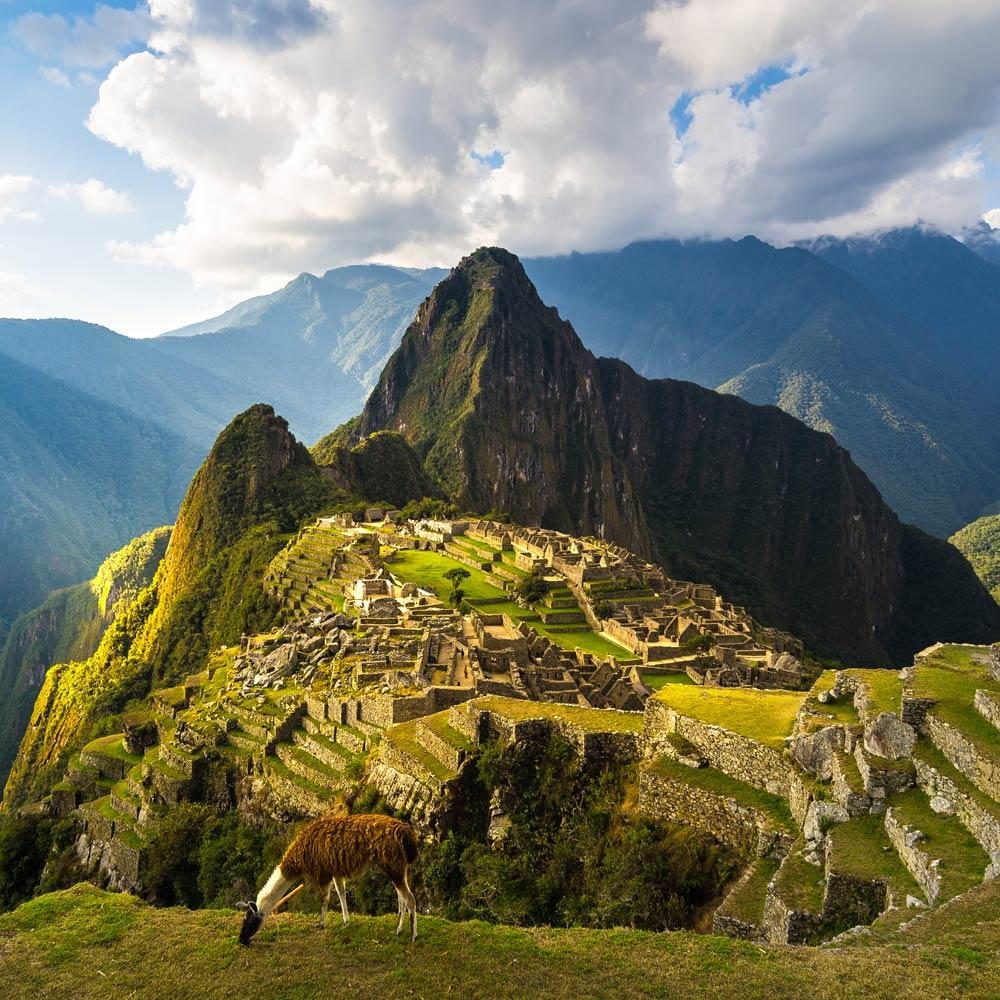
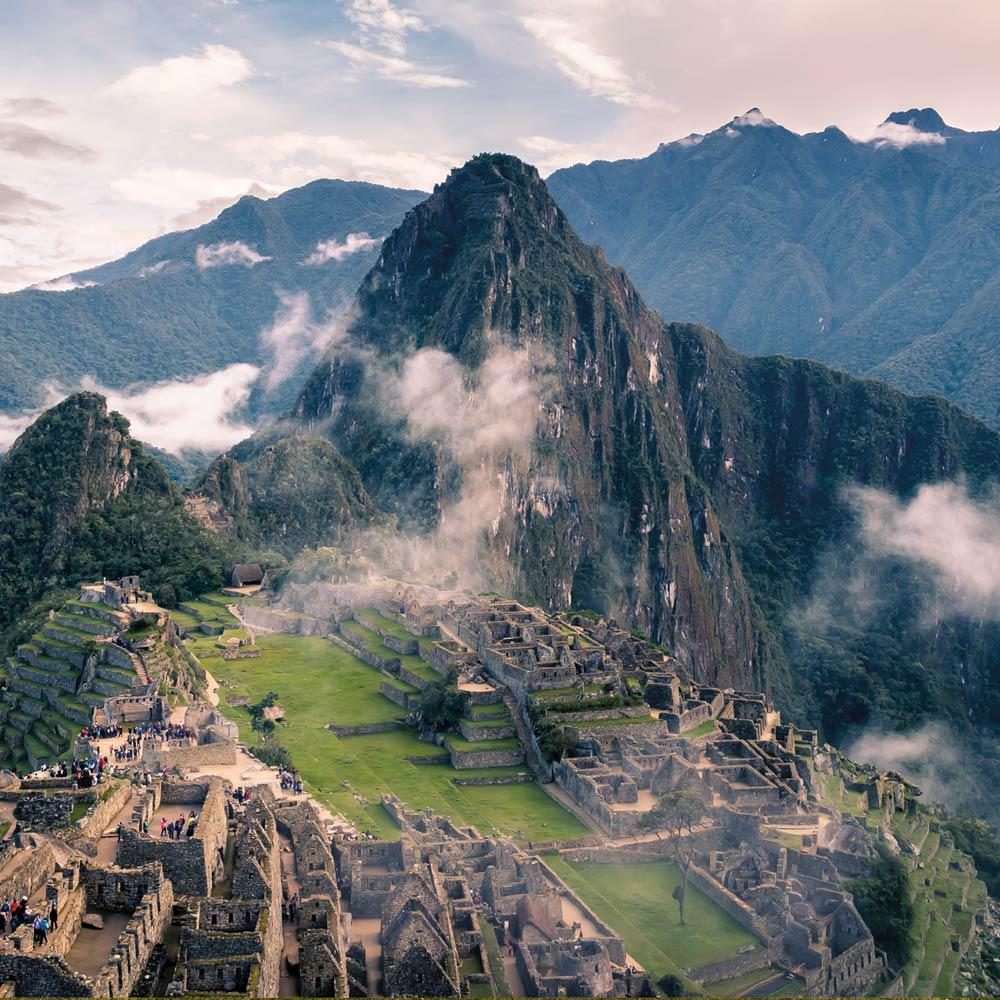
The natural wealth of the Historic Sanctuary of Machupicchu
The Historic Sanctuary of Machupicchu is a world-renowned natural protected area, famous for its impressive Inca archaeological complexes and its historical-cultural value. In addition to its cultural importance, the sanctuary has a valuable environmental setting, with forests, mountains and snow-capped peaks. It is located in a transition zone between the Andean and Amazon ecosystems, which generates microclimates and great biological diversity. Machupicchu is also recognized as a Mixed World Heritage Site by UNESCO. The lower part of the sanctuary is home to a unique tropical vegetation in the region of the jungle eyebrows, which mixes with the mountain ecosystems, creating a truly special place.
Source: PromPeru

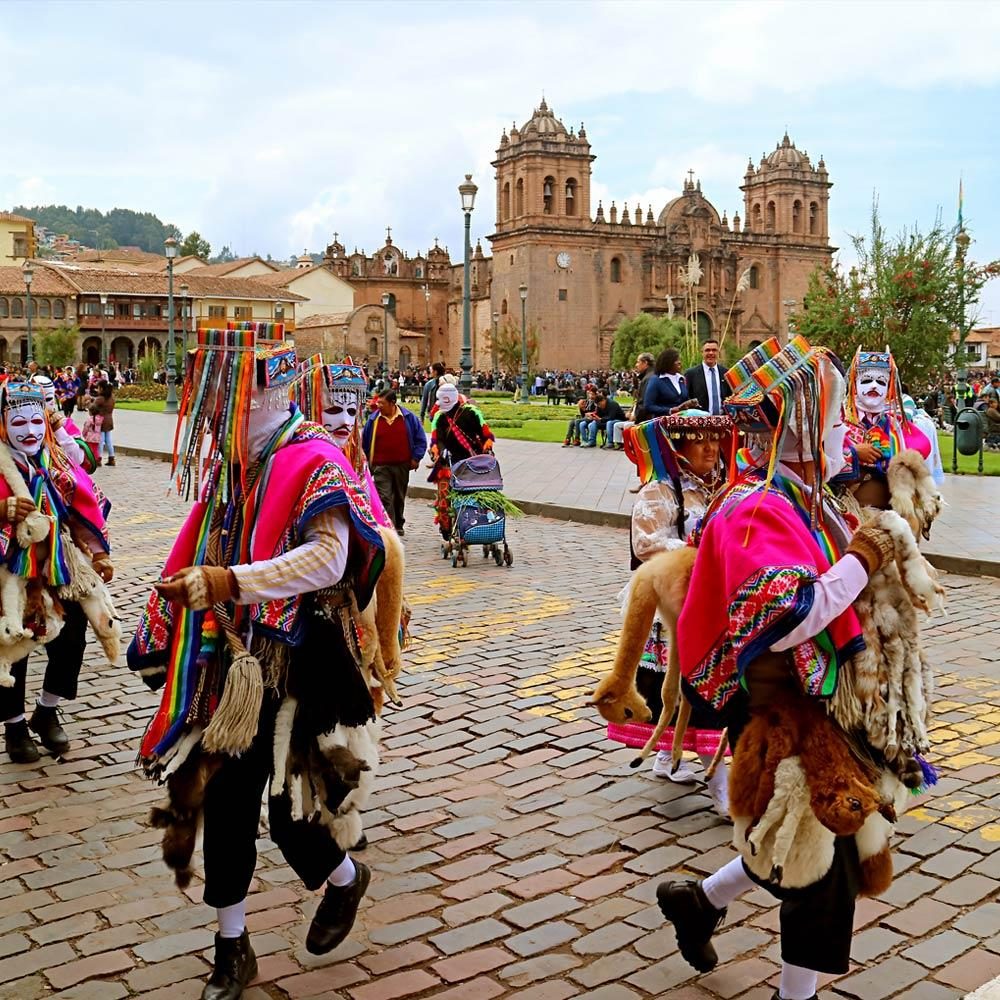
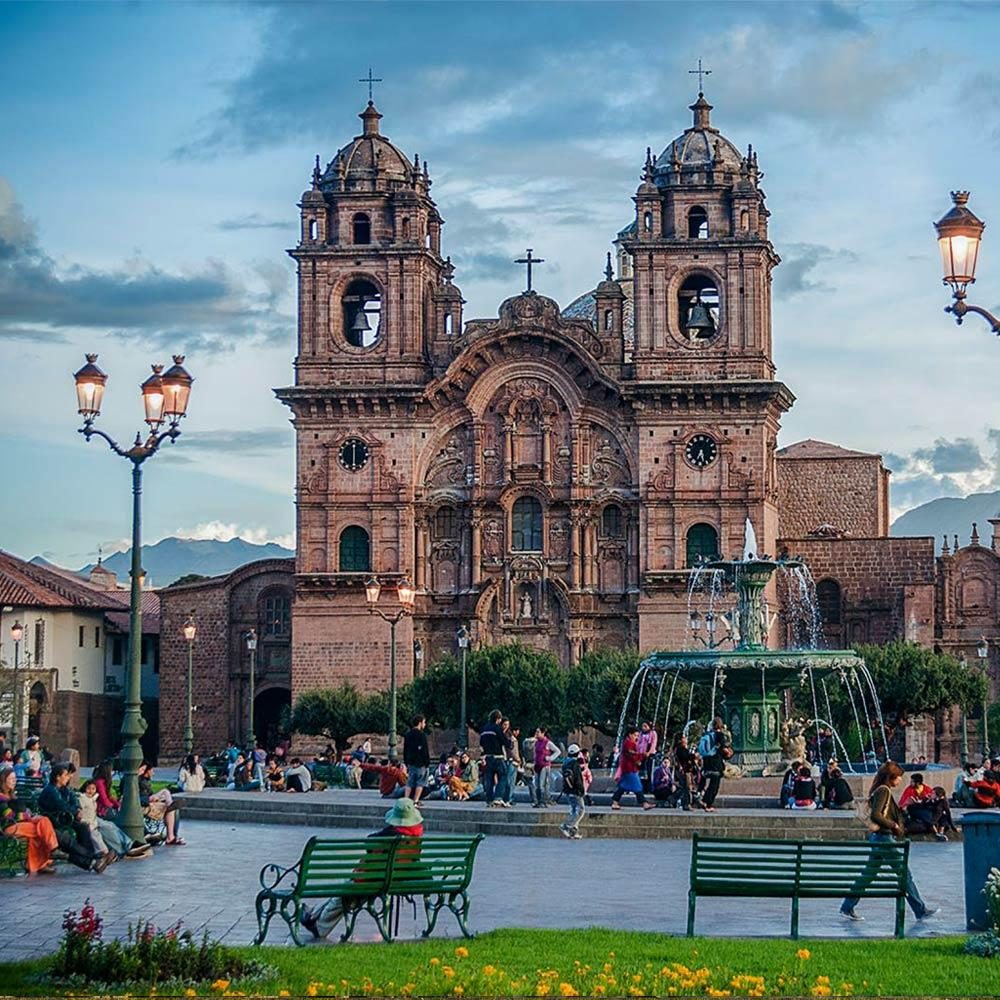
The imperial, magical and enigmatic city
Known as the "Lost City of the Incas", it is a destination that evokes the greatness of the ancient Inca Empire. Located high in the Peruvian Andes, this imperial city is an impressive testimonial to the architecture and ingenuity of the Inca culture.
Its imposing stone structures, agricultural terraces, and canal systems display sophisticated urban planning. Its strategic location on top of a mountain offers impressive panoramic views of the surrounding valleys and mountains, creating a captivating and mystical atmosphere.
The exact purpose of Machupicchu remains a mystery, but it is believed to have been an important religious, political, and cultural center of the Inca empire.
Source: PromPeru


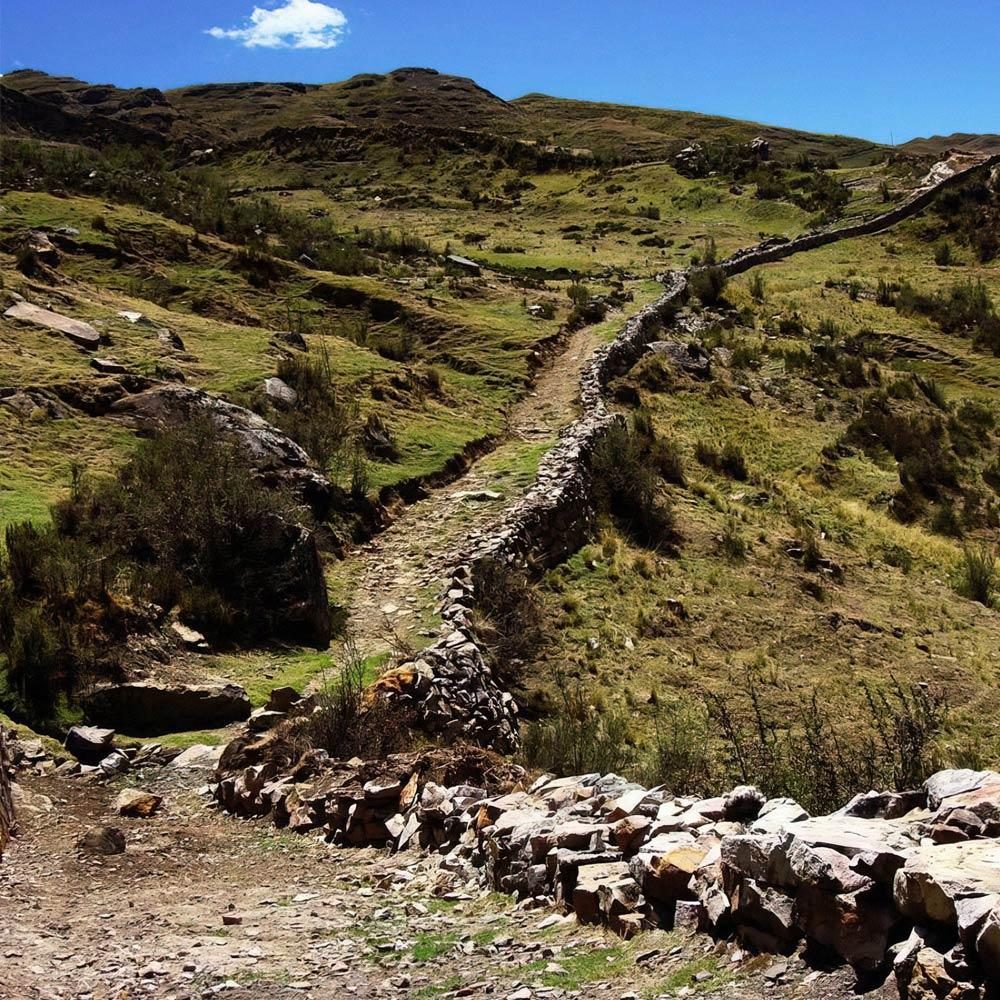
Qhapaq Ñan – Inca Trail Network
The Qhapaq Ñan, the magnificent thread of roads woven by the ancient Inca Empire in the vast South American territories, was much more than a mere road network. It was the heartbeat of communication and transportation, spinning the conquered regions into an unbreakable political, economic, and cultural fabric. At over 30,000 kilometers, it was the traveling soul of a legendary empire.
Today, they are recognized as World Heritage by UNESCO. These sections allow visitors to admire the greatness of Inca engineering and experience the natural beauty of the landscapes that this ancient road traversed.
Furthermore, it represents not only a remarkable feat of engineering, but also a tangible testimony to the power and organization of the Inca Empire, an invaluable cultural legacy that connects us to history.
Source: PromPeru
The Historic Sanctuary of
Machu Picchu in figures
This sanctuary is a natural and cultural area inscribed on the UNESCO World Heritage List. Its more than 37,000 hectares of extension make it one of the areas with the greatest biological wealth in Peru. Within the sanctuary there are more than sixty (70) archaeological monuments articulated through a complex network of Inca trails and a diversity of species:
75
mammal species
444
bird species
75
amphibian species
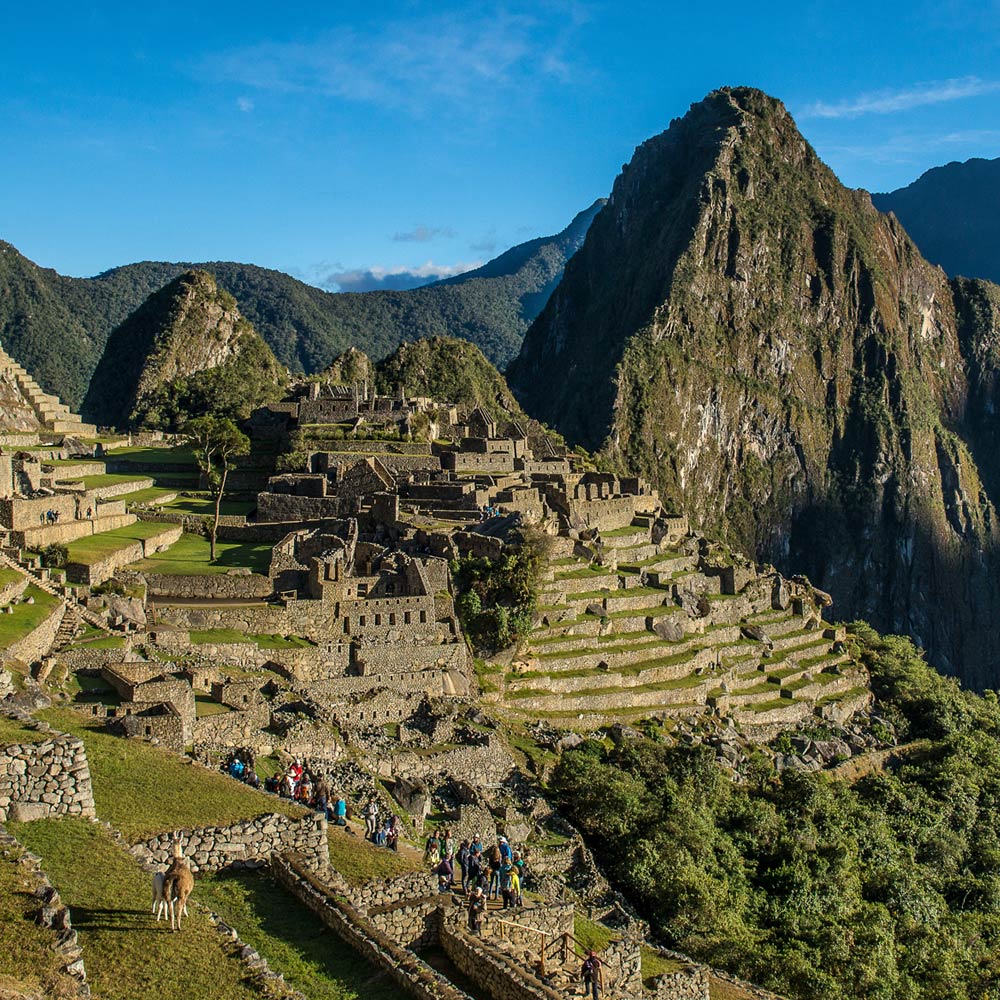
24
reptile species
377
butterfly species
423
orchid species
332
tree species
The Machu Picchu Historic Sanctuary Management Unit (UGM) was established in 1999 to direct the strategies contained in the Master Plans, which are the regularly updated government documents for property management. The UGM was reactivated in 2011.
Who are part of the Management Unit of the Historic Sanctuary of Machu Picchu (UGM)





How to get to the Historic Sanctuary







of Machupicchu
Flight
Lima – Cusco
1h 15min approx
Bus/Car
Cusco – Ollantaytambo
1h 45min approx
Train
Ollantaytambo – Machupicchu town
2hrs approx
bus
Machupicchu town –
SH of Machu Picchu
30 min approx




